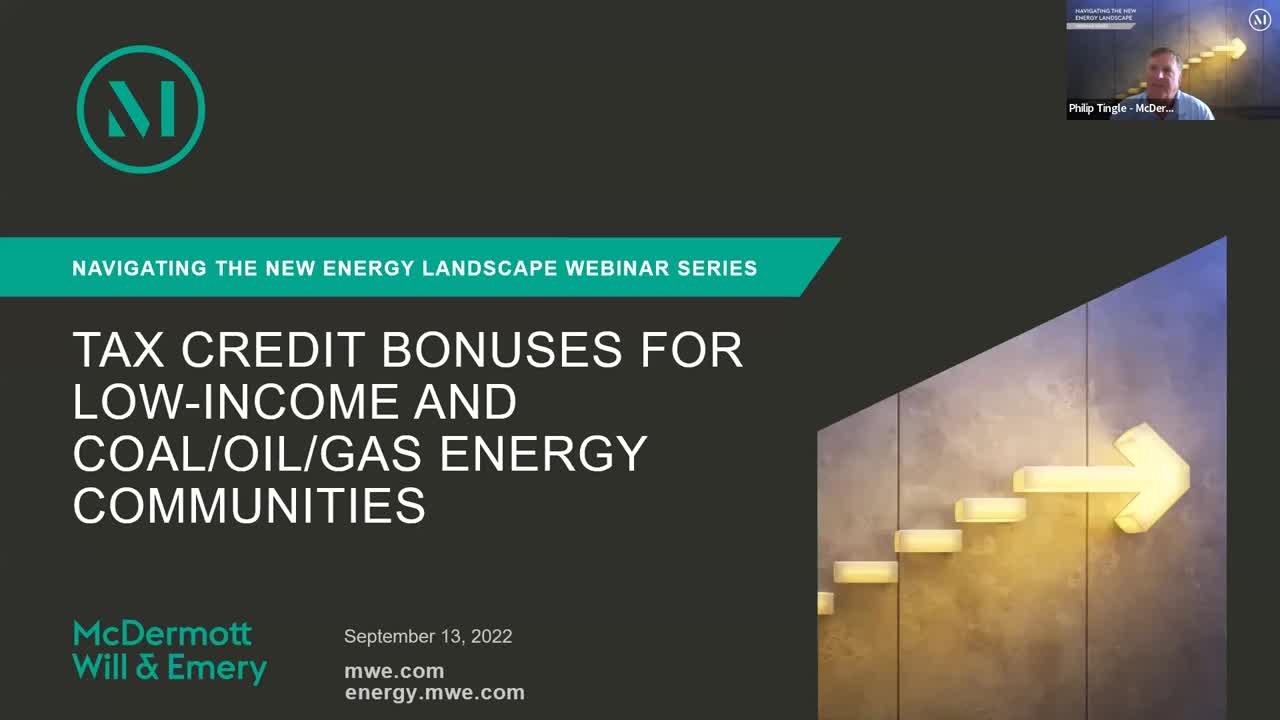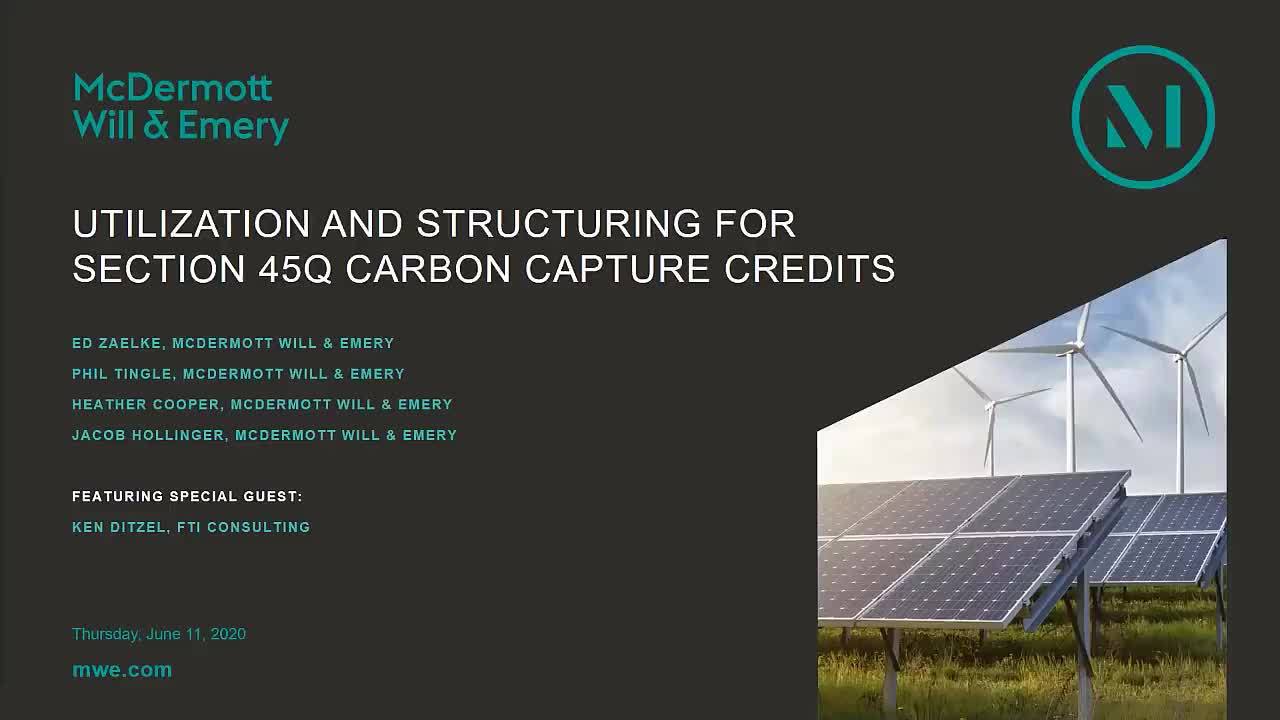The landmark Inflation Reduction Act of 2022 (IRA) was a long-anticipated legislative package for the industry because it promotes investment in alternative forms of energy. During this webinar, Partners Denmon Sigler and Philip Tingle hosted David Herr, managing director of corporate finance at Kroll, and Chris Culver, director of natural gas supply and strategy at Valero, for an engaging discussion on how the IRA impacts the oil and gas and natural gas industries.

Below are key takeaways from the discussion:
1. A combination of the war in the Ukraine, issues with the Nord Stream 2 pipeline stemming from said war, widespread corporate commitments to net-zero emissions targets, and the passage of the IRA have created immense levels of volatility in the natural gas market and created a lack of clarity as to what the future for natural gas will look like.
2. An additional knock-on effect from the conflict in the Ukraine is that Europe has had to seek natural gas sources from outside of Russia, with a significant portion of that coming from the United States. An upshot of that trend is that natural gas has become much more of a global commodity and is priced like crude oil historically has been.
3. At its core, the IRA is a mechanism for transitioning away from fossil fuel-based energy production, however, there are features within it that apply to traditional energy sources. For example, renewable natural gas (RNG) has received a 10-year credit, credits for carbon sequestration at natural gas-fired facilities are covered under the IRA and nuclear energy is now entitled to a production tax credit.
4. For renewable fuel development, the 10-year horizon for tax credits granted by the IRA allows investors to participate in the full industry development cycle (pilot stage, development stage and maturity stage) to see overall production cost reductions that were evident in renewable energy development over the past decade, all under the umbrella of tax credits during that time horizon.
5. The current demand for RNG faces a multitude of production challenges as today’s prevailing prices for RNG are much higher than traditional natural gas. However, those high RNG prices are expected to drop over the medium term as RNG production benefits from tax credits under the IRA help boost overall supply.
6. There has been significant growth in the demand for greener motor fuels, which will drive up the overall market demand for green hydrogen because green hydrogen serves as a necessary feedstock for the production of green motor fuels.
To access past webinars in the Navigating the New Energy Landscape series and to begin receiving Energy updates, including invitations to the webinar series, please click here.
read more

 Subscribe
Subscribe




